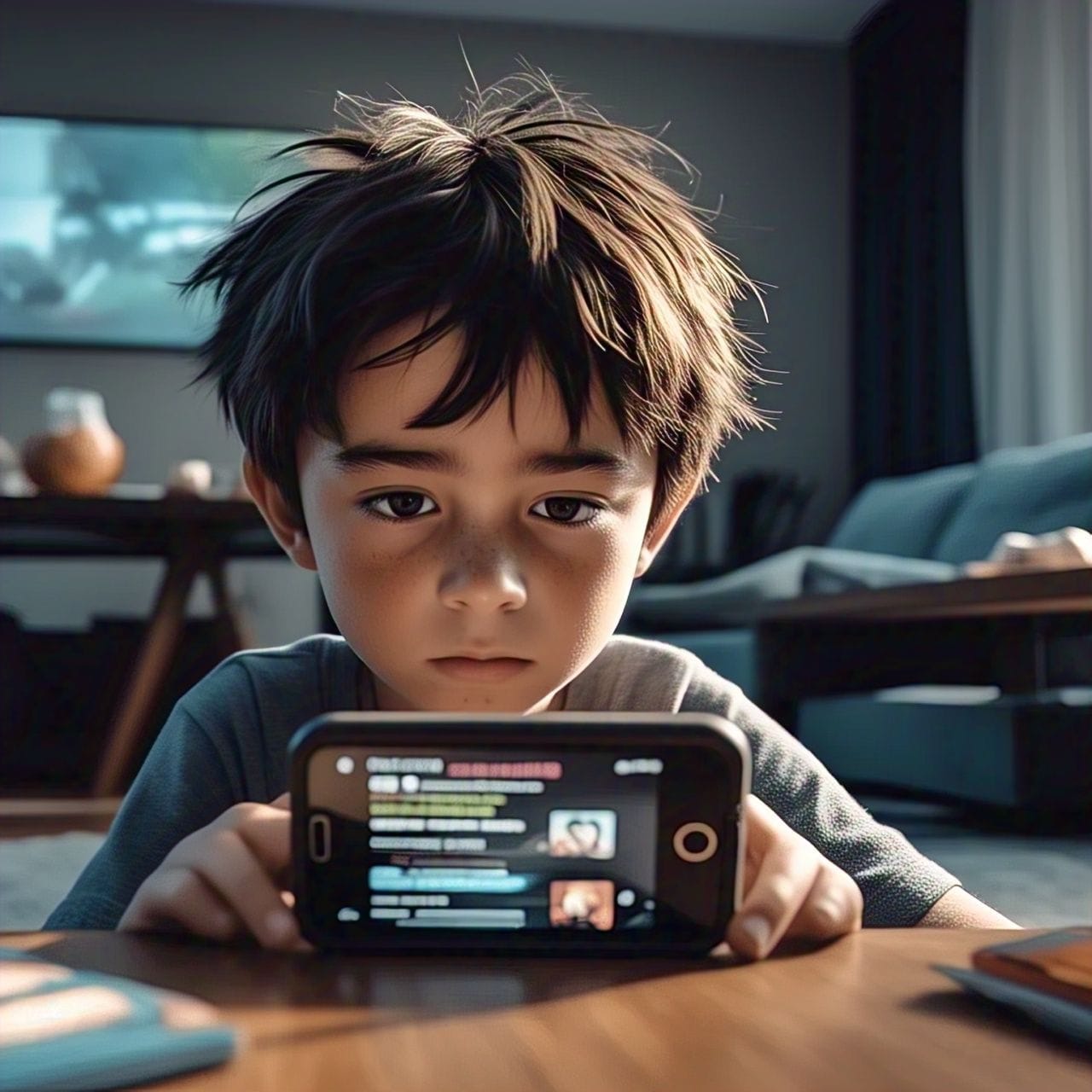Obesity and type 2 diabetes are often portrayed as inseparable partners in a health crisis gripping millions worldwide. For years, fat tissue has been labelled the villain in this story. Yet, this research from the University of California-Los Angeles (UCLA) turns this narrative on its head, revealing that fat tissue, when functioning properly, plays a crucial role in maintaining healthy glucose metabolism.
This new perspective not only sheds light on why obesity leads to type 2 diabetes but also paves the way for innovative treatments targeting fat cells. The study, published in Cell Reports, brings us closer to understanding how cellular processes within fat tissue can either safeguard or endanger metabolic health.
Fat Tissue: Friend or Enemy?
For decades, excess fat tissue has been blamed for the onset of metabolic disorders like diabetes. However, this study reveals a surprising truth: fat tissue is essential for storing energy and regulating metabolism. When functioning correctly, it acts as a protective buffer, safely storing energy from food and preventing harmful fat deposits in vital organs.
Dr. Claudio Villanueva, the study’s lead researcher and Associate Professor of Integrative Biology and Physiology at UCLA, explained, “Fat tissue is critical for normal glucose metabolism. The problem arises when there’s too much of it, and it stops working as it should.”
The research dives into the cellular mechanics of fat tissue, uncovering a key reason why obesity often leads to type 2 diabetes. The team identified that obesity disrupts the body’s ability to produce ribosomal factors, cellular building blocks necessary for creating new, healthy fat cells.
Without these ribosomal factors, fat stem cells lose their ability to generate functioning fat cells. Instead, energy becomes trapped in existing fat cells, causing them to enlarge. These oversized fat cells lose their capacity to store energy effectively, leading to a cascade of metabolic dysfunctions.
When fat cells fail to do their job, the body finds alternative places to store excess energy. This can lead to fat accumulation in the liver, causing fatty liver disease, or in the arteries, contributing to atherosclerosis and increasing the risk of heart disease and stroke.
“People with obesity don’t just carry excess fat; they carry fat that isn’t functioning optimally,” Dr. Villanueva emphasized. This dual burden of quantity and dysfunction explains why obesity is such a potent driver of type 2 diabetes and other chronic illnesses.
The UCLA team conducted experiments using obese and diabetic mice to explore potential solutions. Their findings were groundbreaking. By administering a drug called rosiglitazone, they observed a restoration of ribosomal factors in fat stem cells.
This restoration triggered the differentiation of fat stem cells, allowing them to produce new, smaller fat cells. These smaller cells were better equipped to store energy and produce hormones essential for regulating metabolism.
Remarkably, while the mice remained obese, their type 2 diabetes essentially disappeared. This demonstrates that it’s not just the amount of fat that matters but its functionality.
These findings represent a paradigm shift in how we approach the treatment of type 2 diabetes. Current treatments often focus on reducing blood sugar levels or promoting weight loss. While effective to an extent, these approaches don’t address the root cause of the problem: dysfunctional fat tissue.
By targeting the cellular processes within fat tissue, treatments like those explored in the UCLA study could offer a more comprehensive solution. Instead of merely managing symptoms, these therapies aim to restore the body’s natural ability to regulate glucose metabolism.
Rosiglitazone, the drug used in the study, shows great promise. It not only restored normal ribosomal factor levels in fat cells but also improved overall metabolic health in the mice.
However, its use in humans comes with challenges. Rosiglitazone has previously been linked to side effects, including an increased risk of cardiovascular problems. While these findings highlight its potential, further research is needed to develop safer alternatives or refine the drug’s application.
The implications of this research extend far beyond diabetes. By understanding the role of fat cells in metabolic health, scientists could tackle other conditions associated with obesity, such as cardiovascular disease and fatty liver disease.
Moreover, the study underscores the importance of focusing on cellular health rather than simply reducing fat mass. This shift in perspective could transform how we think about obesity and its treatment.
The findings also raise important questions about the broader societal approach to obesity. While lifestyle interventions like diet and exercise remain critical, they may not be enough for individuals with severe obesity or those already facing metabolic complications.
This research highlights the need for a more nuanced understanding of obesity as a complex, multifaceted condition. Combating obesity and its related diseases requires not just lifestyle changes but also scientific advancements that address underlying cellular dysfunctions.
The journey from discovery to treatment is rarely straightforward, but the UCLA team’s research represents a significant leap forward. By identifying the cellular mechanisms that link obesity and type 2 diabetes, they have laid the groundwork for new therapeutic approaches that could transform lives.
Future research will likely focus on:
1. Developing Safer Drugs: Building on the insights gained from rosiglitazone to create treatments with fewer side effects.
2. Personalized Medicine: Tailoring therapies to individual metabolic profiles for more effective outcomes.
3. Preventative Strategies: Identifying individuals at risk of metabolic dysfunction and intervening before conditions like diabetes develop.
While the scientific community continues to explore these promising avenues, individuals can take steps to improve their metabolic health. Maintaining a balanced diet, engaging in regular physical activity, and seeking medical advice for weight management are critical components of a proactive approach.
However, it’s equally important to recognize that obesity is not merely a matter of willpower. This research showcases the biological complexity of the condition and the need for empathy and support for those affected.
The connection between obesity and type 2 diabetes has long been recognized, but this study offers a deeper understanding of the cellular processes at play. By revealing the role of ribosomal factors and fat cell functionality, the UCLA team has provided a new lens through which to view these conditions.
As science advances, there is hope for treatments that don’t just manage diabetes but address its root causes. For millions living with obesity and diabetes, this research represents a ray of possibility, a future where health is not defined by size but by the body’s ability to function at its best.
”The answer to diabetes may lie not in shrinking fat but in making it work better. This discovery offers a transformative vision for a healthier future.”

 The answer to diabetes may lie not in shrinking fat but in making it work better. This discovery offers a transformative vision for a healthier future
The answer to diabetes may lie not in shrinking fat but in making it work better. This discovery offers a transformative vision for a healthier future





.jpeg)







.jpeg)






.jpeg)









.jpg)


.jpg)
